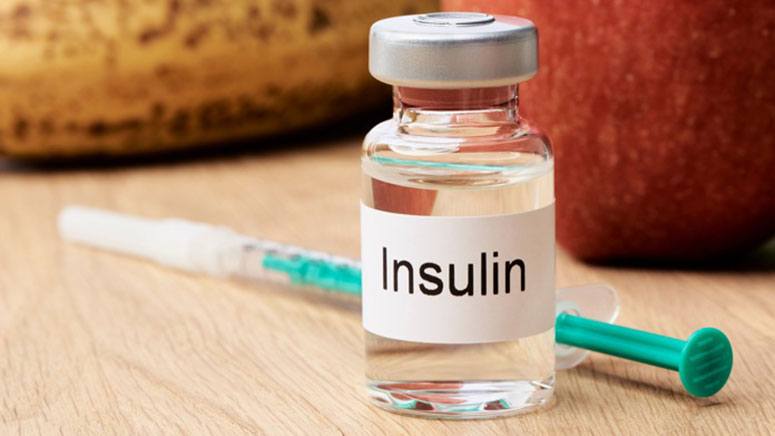Causes of diabetic ketoacidosis

Diabetic ketoacidosis mainly occurs when blood sugar levels are very high and insulin levels are low. The body requires insulin to utilize the glucose in the blood. In diabetic ketoacidosis, glucose is unable to get into the cell, so it builds up, leading to high blood sugar levels.
Sugar is the major source of energy for the cells that make up the muscles and other tissues. Insulin helps with the entering of sugar into the cells.
When there is insufficient insulin, the body is unable to utilize sugar adequately for energy. Consequently, the body starts degrading fat into a useable fuel that does not need insulin. The fuel is known as ketones. When too many ketones accumulate, the body becomes acidic. This is called diabetic ketoacidosis.
The most popular causes of diabetic ketoacidosis are:
- Illness or infection: an infection or other sicknesses can cause the body to form higher levels of certain hormones such as adrenaline or cortisol. These hormones are responsible for countering the effect of insulin and causing an episode of diabetic ketoacidosis. The most common infections responsible for
- A clog in one’s insulin pump (for people who are using one)
- Missing an insulin injection or not injecting enough insulin: missed insulin treatments or insufficient insulin therapy can cause a great reduction in the amount of insulin in your system, causing diabetic ketoacidosis.
- Pancreatitis: The pancreas is an accessory digestive organ that is responsible for the production of insulin. Inflammation of the pancreas impedes its ability to release insulin. Diabetic ketoacidosis causes mild or serious hypertriglyceridemia (HTG). HTG is one of the most popular causes of pancreatitis and it is usually noticed late.
- pregnancy
The risk of having diabetic ketoacidosis is very if you:
- Are younger than 19 years
- Have a high fever [5]
- Smoke
- Have experienced a heart attack or stroke
- Are stressed
- Have experienced any form of trauma, either emotional or physical
- Have type 1 diabetes
- Have a drug or alcohol addiction
Diabetic ketoacidosis is less common in people who have type 2 diabetes. However, in some cases, it can occur. People with type 2 diabetes are considered “ketone prone” and are at a higher risk of diabetic ketoacidosis. Some medications can increase the chances of having diabetic ketoacidosis. It is important to talk to your doctor about your risk factors.













